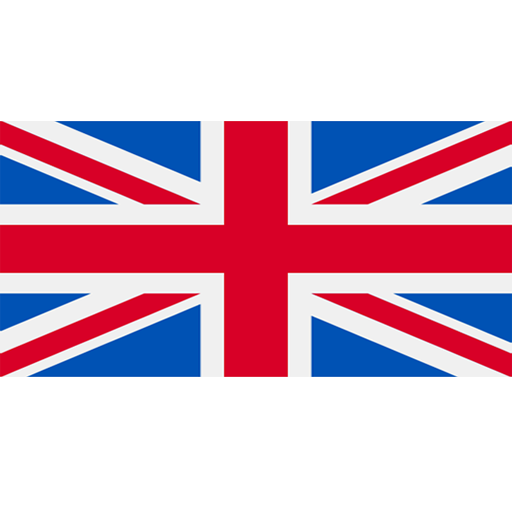Last year, the world witnessed a historic milestone in the field of AR when the social media and technology group Facebook, Inc. announced its name change to Meta Platforms, marking a new step for the corporation on the way to conquering the Virtual Universe.
And that is also the reason why products from AR technology are increasingly focused on and applied by many large and small businesses around the world, especially in social media campaigns.
In Vietnam, many businesses and brands have not hesitated to invest in AR in marketing campaigns or annual events, attracting a lot of attention from the media and bringing the company's position to a new level in the eyes of customers, thereby optimizing the conversion rate, and helping businesses grow strongly.
However, many small and medium-sized businesses (SME: Small & Medium-sized Entrepreneurs) are still quite hesitant and confused when applying AR to their brand marketing campaigns because they are still vague about the method of application and cost. deployment, … So, what types of AR can SME businesses apply? How to do?
Let's find out with Marvy!
AR Face Filter on Social Media
- Platform: Facebook / Instagram
This is the most popular form of AR on social networking platforms in a time when creating a fanpage has become one of the first and prerequisite steps of a business. So what is AR Filter? AR Filters are image filters that have been designed to change the color and shape of the user's face in addition to 2D/3D stickers, funny sounds, and special effects, ... in accordance with the orientation and purpose. campaign's destination.
_1677641977.png)
Users can trigger effects by actions such as blinking, smiling, tilting their heads, etc. Besides, most AR Filters have built-in skin retouches, helping users feel more confident when taking selfies. When images and videos are widely spread, Filter is loved and known more on social networks, helping the brand to be noticed more widely.
In Vietnam, AR Face Filter is often used in the Seasonal Marketing campaign, specifically in the major holiday seasons of the year such as Spring, Christmas, and International Women's Day, ... in the form of mini-games to receive gifts or experiences.
AR Try-on Filter
- Platform: Facebook / Instagram / WebAR
AR Try-on Filter is a type of Filter that allows users to try products on their phones before making a purchase. This is the type of AR favored by businesses that distribute and produce consumer goods (B2C: Business to Consumer).
Not only allowing users to shop remotely, in line with the actual conditions of having to be separated because of the epidemic, Try-on Filter also helps businesses increase the frequency of online display and collect customer insights easily. Thereby, businesses can come up with better strategies to reach potential customers and promote their new products.
At the same time, businesses can increase brand awareness and bring the brand image to a new level. With Try-on Filter, businesses will easily interact with customers and the chances of going viral on social networks are also higher with the Share Now feature on Facebook and Instagram.
Cosmetic brands can apply Try-on Filter in the form of trying new lipstick colors, trying new cushion tones, and new blushes. In addition, Try-on Filter is also a form of promotion favored by eyewear and hair dye brands.
AR Game
- Platform: Facebook / Instagram / Web AR / App
AR Game Filter is now no longer a strange or unique type of AR, in fact, this is the most popular filter on Instagram and is used by businesses in most Marketing campaigns. One of the most popular AR Game Filter is to "eat" or "catch" by opening the mouth or moving the nose and head to catch falling objects.
With AR Game Filter, businesses can use the form of leaderboard record (record the leaderboard) or ask players to screenshot the results and comment on the business's Facebook fanpage post to participate in themed minigames. of the campaign.
AR Card
- Platform: Facebook / Instagram / Web AR / App
This is a simple but powerful form of advertising. AR Card uses AR Image Tracking technology. Users only need to scan the QR code integrated on the card, immediately the phone screen will display 2D/3D images moving or fluttering animations. The design can be flexibly changed according to the purpose of the campaign, to suit the brand image and the requirements of the brand.
_1677744007.png)
In addition to invitation cards, AR Image Tracking can also be integrated with other types of leaflets, and business cards, or integrated into product packaging and event backdrops.











